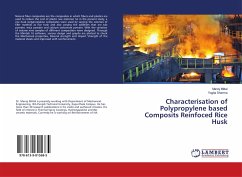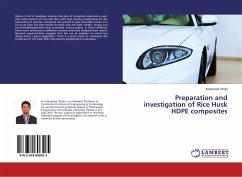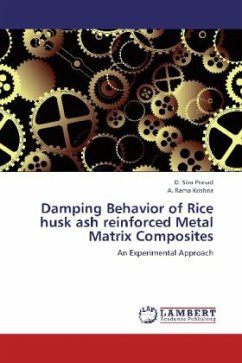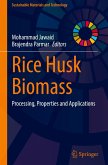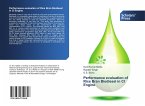The rice husk filled glass-epoxy hybrid composites fabricated and experimented on this investigation are found to have adequate potential for a wide variety of applications particularly in wear prone environment. When wear is not the predominant degrading factor, only glass-epoxy composites without rice husk can be recommended. Manufacturing of light weight sports goods such as: cricket bat, tennis racquets etc. are few such examples. However, the weight fraction of fiber in the composite is to be decided from the view point of required strength. If the place of use is hostile with sliding or erosion wear situations, then rice husk filled glass-epoxy composites are to be preferred due to their fairly good wear resistance. Use of these composites may be suggested in applications like engineering structures in dusty environment and low cost building materials in deserts. The content of rice husk is to be decided judiciously keeping the strength and intensity of wear attack in mind.
Bitte wählen Sie Ihr Anliegen aus.
Rechnungen
Retourenschein anfordern
Bestellstatus
Storno


